Japanese Giants: The History of Yamaha Synthesizers
From the CS80 to the Reface, they're all here.
People speak of the Big Three in Japan. These are the three main musical instrument manufacturers, Yamaha, Roland and Korg. They all have long and rich histories, especially when it comes to their synthesizers. Let’s look back at some of the Japanese synths that have changed the face of music. First up, we look into the history of Yamaha.
The History of Yamaha Synthesizers
Founder Torakusu Yamaha started Yamaha Corporation more than 130 years ago making reed organs. They soon added pianos to the sales ledger. After a brief detour into heavy machinery for the Pacific War, it’s now the world’s biggest manufacturer of musical instruments. This, of course, includes synthesizers.
GX-1: The Dream Machine
Where many startup manufacturers would launch with a relatively simple instrument and then expand on it, such as the Sequential Prophet-5 becoming the Prophet-10 and T-8, Yamaha liked to work the other way around. In 1973, with almost 100 years of experience under their belts and plenty of money to devote to R&D, Yamaha chose to enter the synthesizer market with a massive, all-in-one machine that they could then continue to mine and refine technology from. This was the GX-1, what Stevie Wonder called a “dream machine,” which debuted at NAMM that year and would finally come to market in 1975.
A synthesizer in organ’s clothing, it was analogue and polyphonic, with Solo, Upper, and Lower keyboard manuals, plus bass pedals and a rhythm machine. Much of its technology, such as the ribbon controller and internal voice cards, would find its way into later Yamaha synthesizers like the CS-80. But we’re getting ahead of ourselves.
SY-1: The First Of Many Yamaha Synthesizers
The GX-1 (and its theatre-intended cousin, the Electone GX-707), were massively expensive at the time. They were never intended for general consumption. The SY-1, Yamaha’s first instrument to be called a synthesizer, however, was.
The SY-1 was released in 1974, making Yamaha the last of the big three to get an analogue monophonic synth to market (both Korg and Roland had achieved that the year before). With technology borrowed from the Solo section of the GX-1, the SY-1 was a single-oscillator preset affair with very basic synthesis controls, such as lowpass filter cutoff and resonance, attack and sustain envelope adjustment, manual pulse width and onset pitch bend. Yamaha followed it up in 1975 with the predictably named SY-2, which expanded the envelope section to a full ADSR and added a highpass filter to the lowpass.
CS-80: Not Like Any Other Machine
By the mid-‘70s, the race was on to release a polyphonic analogue synthesizer. Yamaha had already done it with the GX-1 so, being the savvy company that they were, they adapted some of the technology from the organ and turned it into the CS series: the four-voice CS-50, six-voice CS-60 and eight-voice CS-80. These all made use of the GX-1’s discrete, component-based VCO, VCF, VCA and envelope synthesis modules.
While they all have their merits, the crowning achievement is without a doubt 1977’s CS-80. Massive in sound and size, it had two oscillators per voice as well as a VCF with independent lowpass and highpass sections (look familiar?). Unusual for the time (and even now, to be honest), it had two full synthesizer layers for each voice, allowing for thick and rich sound possibilities.
It was as well known for its performance parameters as its synthesis ones. These included a ribbon controller as well as an astonishingly expressive keyboard with polyphonic aftertouch, one put to incredible use by Vangelis.
The CS-80 was a triumph but it was also prohibitively expensive. As Yamaha did with the GX-1, they took the initial CS series and broke it down even further into two new lines of CS Yamaha synthesizers, culminating in the CS-70M.
DX7: Yamaha Synthesizers Go Digital
Around the same time that Yamaha was prototyping polyphonic analogue synthesis with the GX1, it was busy working on a new, digital synthesis alternative. Called FM (Frequency Modulation), it was licensed from Stanford University. Here was an entirely new kind of synthesis, one that was able to do many kinds of sounds that analogue couldn’t: metallic percussion, glassy and woody tones, and (most famously) electric piano.
The first Yamaha product to feature FM synthesis was the GS1. Like the GX1, it was an incredibly expensive instrument that was intended more as a prototype they could sell than an end unto itself. That end would be the DX7. Unleashed on the public in 1983, it attracted not just Moog-loving synth boffins but general keyboardists as well and was a runaway success. It was such a hit, in fact, that Yamaha milked the DX7 for all it was worth, releasing a number of instruments with DX in the name (including a sequel series fronted by the DX7II) with varying levels of power and price points.
VL1: Let’s Get Physical
By the late-‘80s, Yamaha’s FM star was waning. First Roland and then Korg had supplanted Yamaha as leaders of the digital synthesis realm, using samples instead of FM (a patent that Yamaha jealously guarded). While Yamaha would eventually get into the sample synthesis game as well, it was a relative latecomer and insisted on using FM in concert with PCM samples, such as in the SY77 and SY99, for a number of years.
One rather interesting digital detour was the VL1. A physical modelling solo synth, it used a then state-of-the-art synthesis engine (again licensed from Stanford) to digitally replicate the sound of monophonic blown and bowed instruments. Although a powerful instrument, the VL1 was a Yamaha synthesizer that was arguably too far ahead of its time. It was also difficult to use and very expensive. An even more powerful version, the polyphonic VP1, was shelved, with only a few (very expensive) prototype models making it out into the world.
CS1x and AN1x: In A Trance
It was the mid-‘90s and thanks to the rising popularity of dance music, everyone wanted an analogue-sounding synthesizer. Yamaha cleverly took their AWM2 sample synthesis engine, put it in a sleek, blue case, and added on a few knobs for easy tweaking. The CS1x was born. Cue the air horns and rave whistles. Yamaha also made it affordable, pulling in a sector of the market that wanted Roland x0x gear but didn’t have the $$$ to afford it.
Fast forward three years and virtual analogue had become all the rave… er, rage with entries from Roland (JD-800) and Nord (Lead) capturing the jack-hammering hearts of techno and trance fans the world over. Yamaha threw their hat into the VA ring with the similarly blue AN1x, an analogue-modelling synth that expanded on synthesis concepts first developed for the VL1 and VP1. With bi-timbrality, 10 voices of polyphony and a relatively affordable price tag, it was able to hold its own in a crowded marketplace.
Workstations: Everything All At Once
Before the rise of the DAW, there was the workstation. Multitimbral beasts with built-in sequencing, they allowed users to compose entire songs with a single instrument. They were also packed full of useful and playable bread-and-butter sounds aimed at gigging musicians who weren’t necessarily interested in pushing the synthesis envelope. They just wanted solid sounds with a keyboard that felt nice to play.
Yamaha has been making workstations since the late-‘80s, first as FM synths and later with their sample synthesis engine in the chips. For most of their workstation history, the AMW2-powered Motif line dominated. Debuting in 2001, it continued through a number of iterations and name variations until 2013. This was supplanted by the Montage (and later MODX and MODX+) synths, which added the new eight-operator FM-X to the mix.

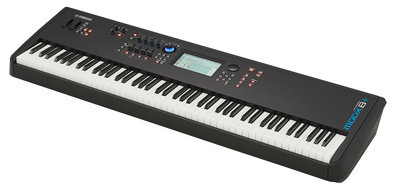

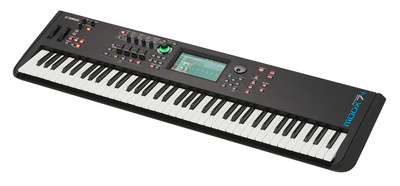

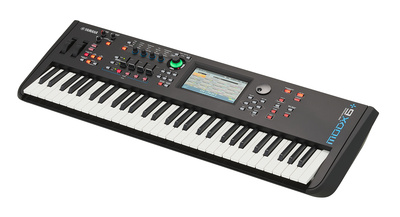
Reface Series: Let’s Get Small
If there was a synthesizer trend in the 2010s other than moar synths, it was miniaturization. Spurred on by modern assembly practices, circuits (and thus the instruments themselves) could now be smaller than ever. Whether you consider this a good thing or not is likely down to how closely your fingers resemble sausages but good or bad, it was a trend.
Yamaha got into the small action in 2015 with the Reface series, miniaturized three-octave versions of some of their greatest hits. They included CS, a virtual analogue synth that’s meant to recall the CS series but is actually closer to the AN1x in realization; DX, a four-operator FM synth with some additional synthesis tweaks; YC, an organ emulator; and CP, which does electric pianos. While regarded as solid Yamaha synthesizers with great sound, the inclusion of mini keys rather than full-size ones polarized the market.

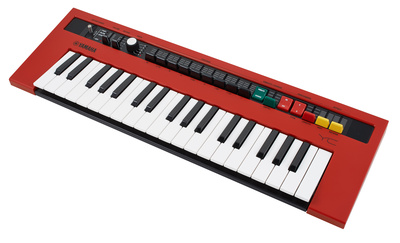

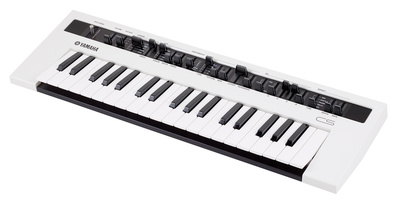

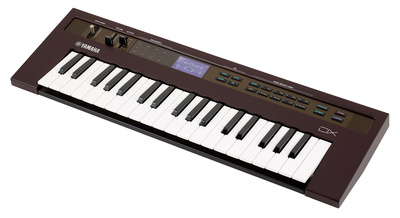

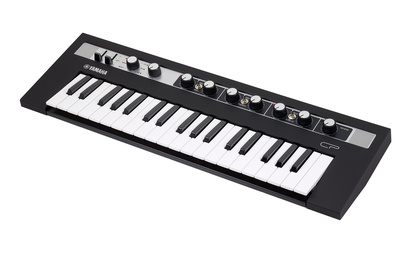
There was a lot more that we wanted to say but with so many decades of synthesizers, there was no way we could cover it all. What notable Yamaha synthesizers did we miss? Let us know in the comments below!
More about Yamaha:
- Yamaha Synth website
- Yamaha official newsroom
- All about Yamaha
Videos:
You are currently viewing a placeholder content from YouTube. To access the actual content, click the button below. Please note that doing so will share data with third-party providers.
You are currently viewing a placeholder content from YouTube. To access the actual content, click the button below. Please note that doing so will share data with third-party providers.
You are currently viewing a placeholder content from YouTube. To access the actual content, click the button below. Please note that doing so will share data with third-party providers.
You are currently viewing a placeholder content from YouTube. To access the actual content, click the button below. Please note that doing so will share data with third-party providers.
You are currently viewing a placeholder content from YouTube. To access the actual content, click the button below. Please note that doing so will share data with third-party providers.
You are currently viewing a placeholder content from YouTube. To access the actual content, click the button below. Please note that doing so will share data with third-party providers.
You are currently viewing a placeholder content from YouTube. To access the actual content, click the button below. Please note that doing so will share data with third-party providers.
You are currently viewing a placeholder content from YouTube. To access the actual content, click the button below. Please note that doing so will share data with third-party providers.
Note: This article contains affiliate links that help us fund our site. Don’t worry: the price for you always stays the same! If you buy something through these links, we will receive a small commission. Thank you for your support!
12 responses to “Japanese Giants: The History of Yamaha Synthesizers”
 4,5 / 5,0 |
4,5 / 5,0 | 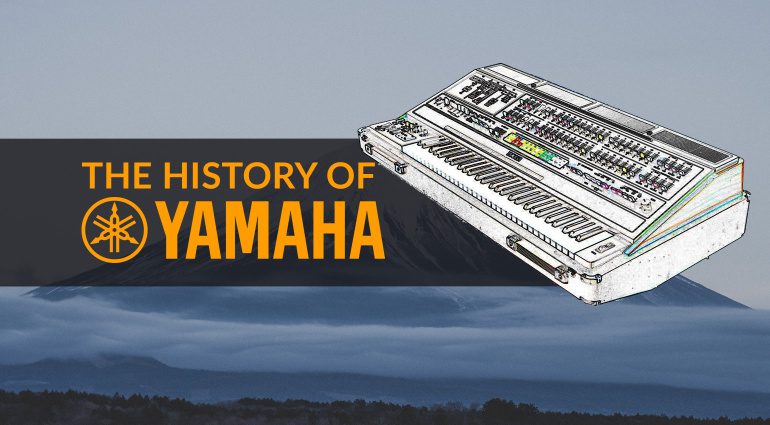

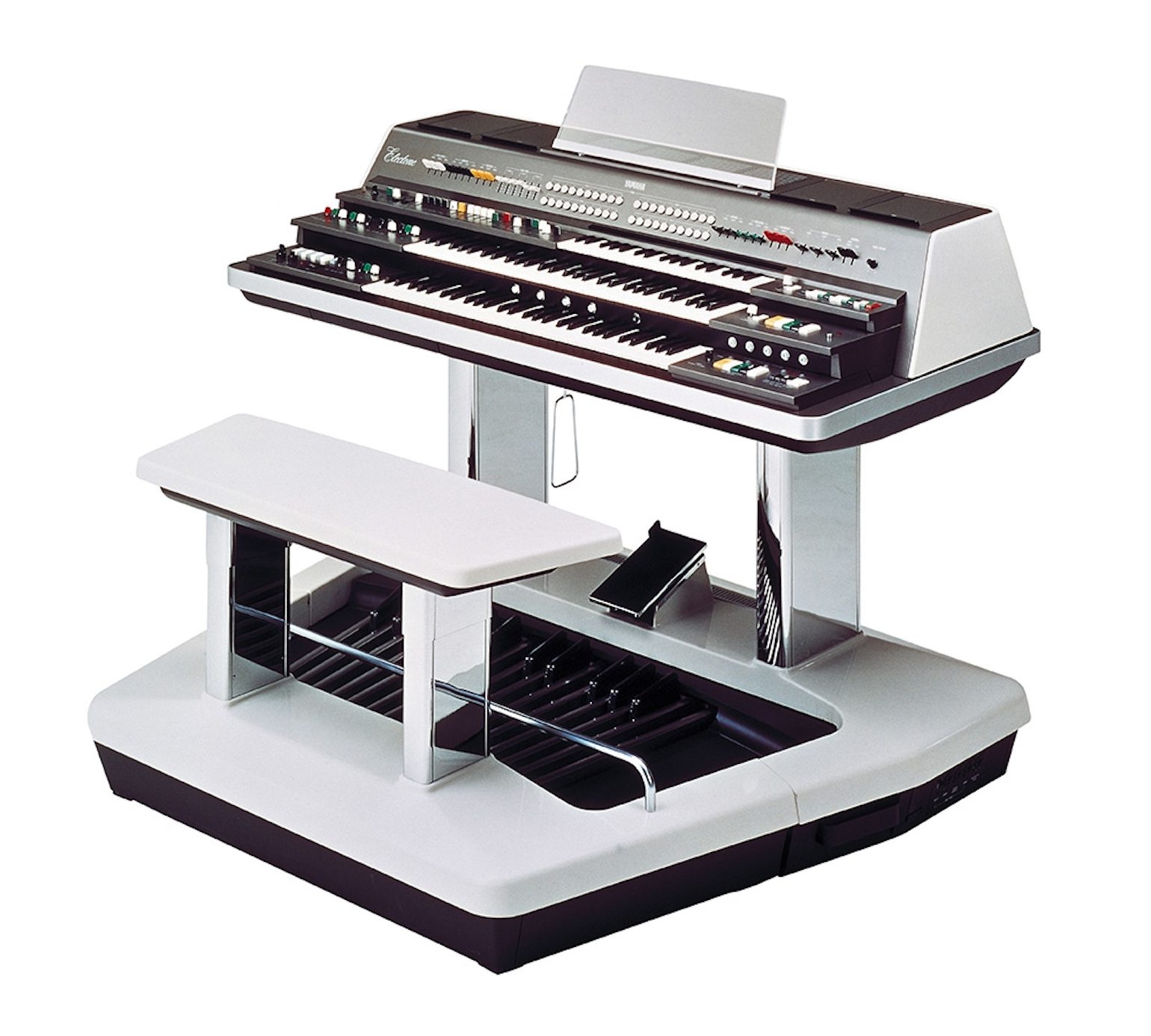
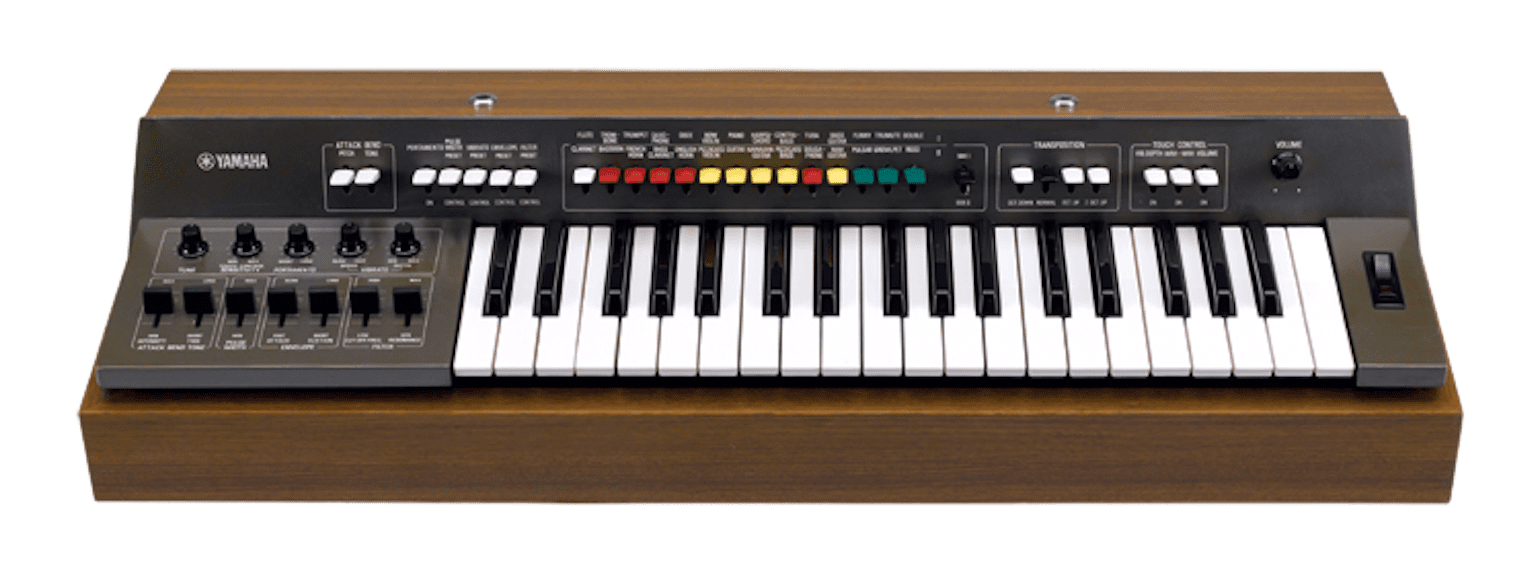

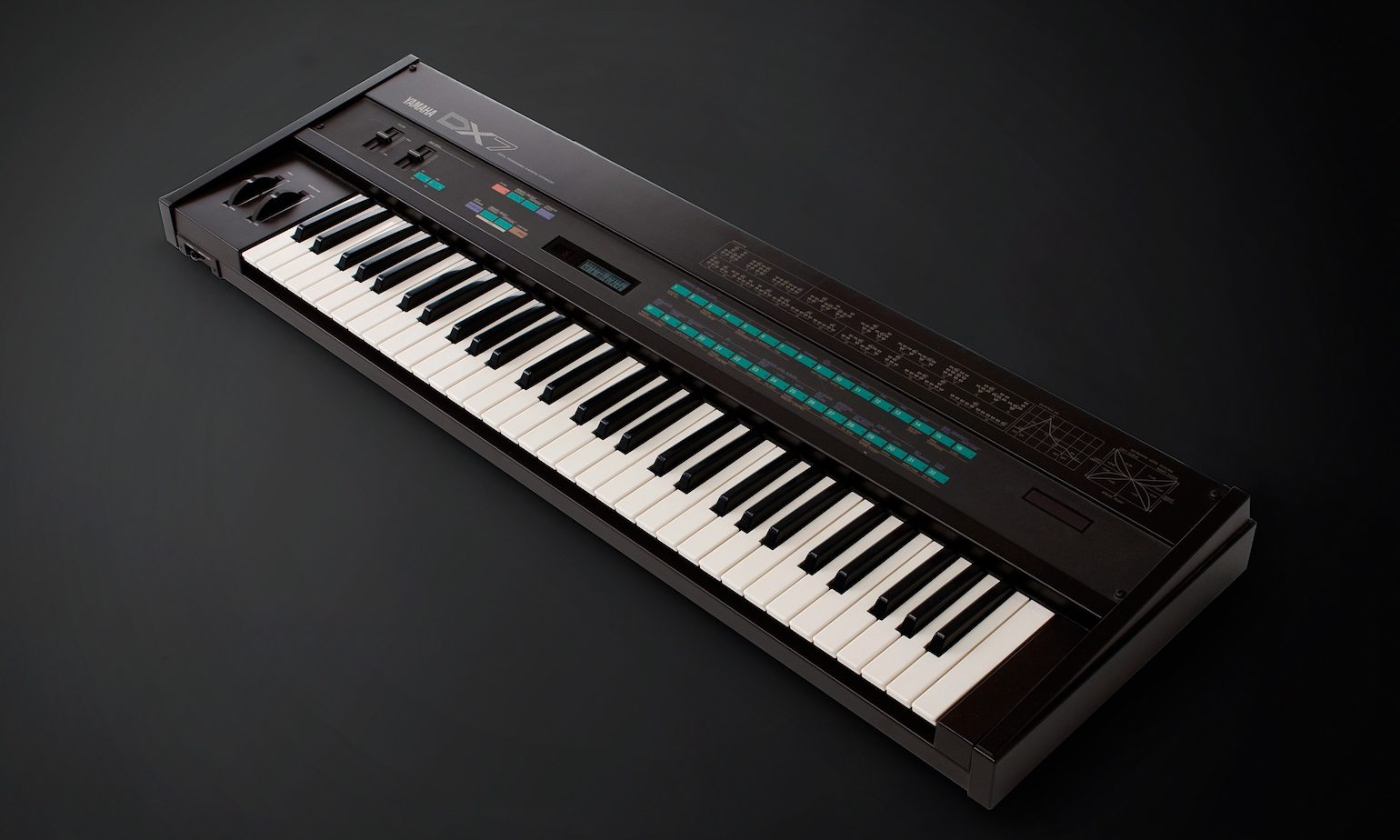

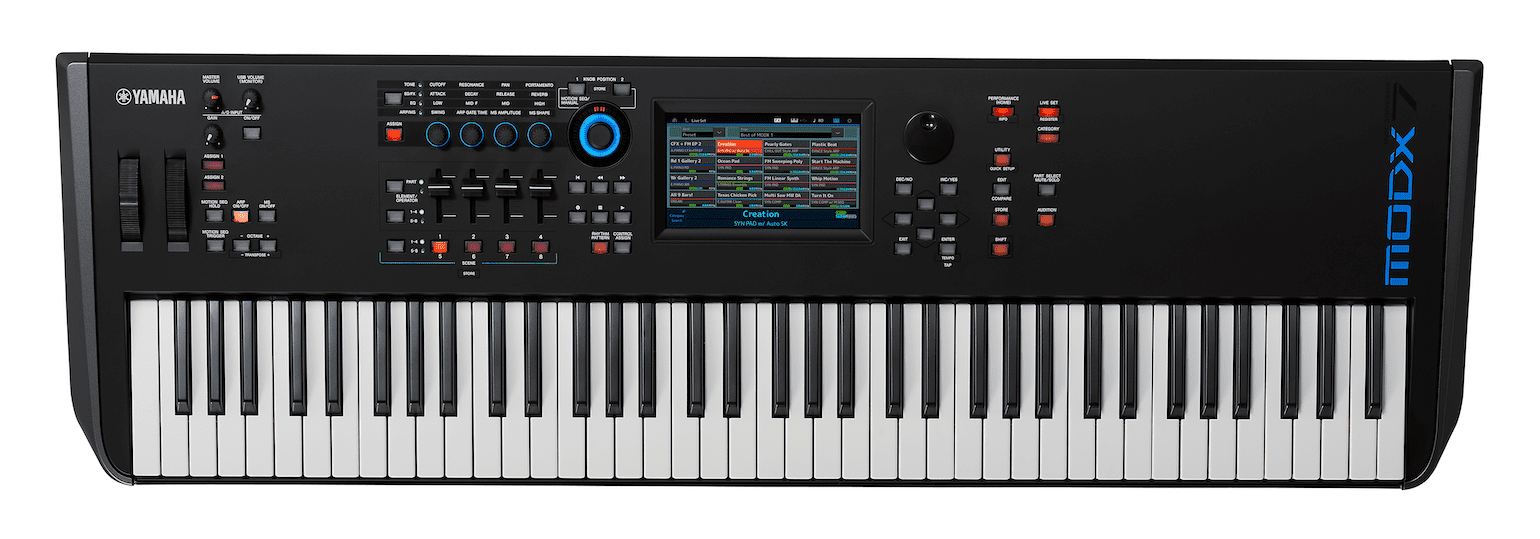


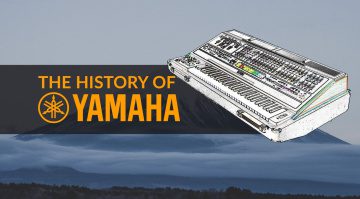

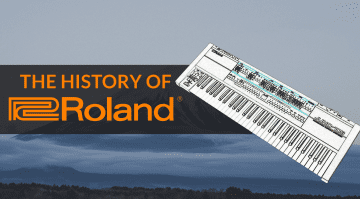

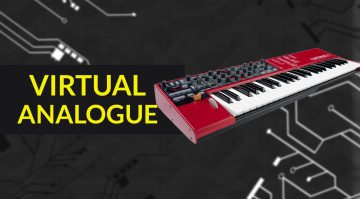
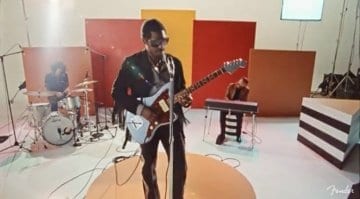
great article on the history of Yamaha Synths, UT no mention of the S-90 which sounded great but was a challenge to program live. would like to know more about the Yamaha S-90
The QY700, the best hardware sequencer ever made without a doubt. I bought one in the early 90s ,still working perfectly.
I still use my QY700, only thing I added was a USB drive/reader, as floppy disks are a pain.
Would you know the name of the inventor?
Would love to know name of the inventor? Can you help?
I just searched Floppy Drive Emulator USB for Yamaha QY700 and chose one. They are super common, I have one in my AKAI S3000XL as well, for the same reason.
Try searching for CP Magnetic Media on eBay. If they don’t do one, drop them a line as they make custom plug and play drives for pretty much anything 🙂
Sadly the monophonic CS series isn’t mentioned. I really love the CS-15 I picked up. The routable modulations is as close to modular routing as you can probably get without patch cords.
try to add vibrato or trembling as well as whistling effects to the sounds..check oral. digital pedal pianos for clarification..thanks
I soooo badly wanted something modern from ‘the big 3’ in the late 80’s and foolishly dismissed tumbling analogue prices and decided instead to spend all my money on a DX7, a D-50 and an M1 ! I can’t even play all that well – I just wanted what I saw everyone talking about in magazines, and using (only as props actually ) on the likes of Top of the Pops! Should have listened to my dad. He told me to buy a Minimoog for about £400 I think in 1987 but I didn’t listen! I wanted a D-50!
VL-1 led to a VL-7m, which I still have
VL70m – typo
You are currently viewing a placeholder content from Facebook. To access the actual content, click the button below. Please note that doing so will share data with third-party providers.
More InformationYou are currently viewing a placeholder content from Instagram. To access the actual content, click the button below. Please note that doing so will share data with third-party providers.
More InformationYou are currently viewing a placeholder content from X. To access the actual content, click the button below. Please note that doing so will share data with third-party providers.
More Information